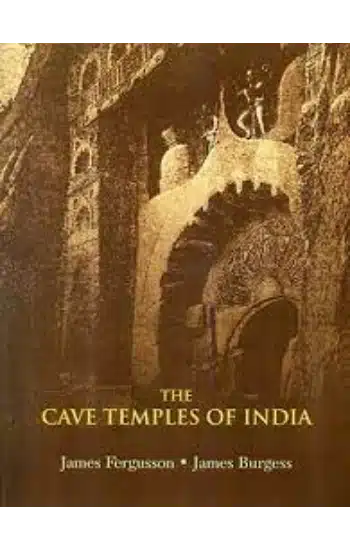
Save: 20%

Save: 20%
Cave Temples of India
Publisher:
| Author:
| Language:
| Format:
Publisher:
Author:
Language:
Format:
₹4,950 ₹3,960
Save: 20%
In stock
Ships within:
In stock
| Weight | 1000 g |
|---|---|
| Book Type |
ISBN:
Page Extent:
This scarce antiquarian book is a facsimile reprint of the original. The author had spent ten years as an indigo planter in India and made numerous trips around India in order to study and document its cave temples. Beginning with a classification and chronology of the Buddhist caves, the cave temples in Kathiawar, South Konkan, Karla, Bhaja, Junnar, Nasic, Ajanta etc., are described in Book-I. In Book-II, the Mahayana caves at Ajanta, Kanheri, Bagh, Ellora and Aurangabad have been discussed. Book-III discusses the early Brahmanical caves at Aihole, Badami, Ellora, etc., and the later Brahmanical caves at Elephanta etc. In Book-IV, the Jaina cave temples at Badami, Aiholi, Ellora, Gwalior have been described.
This scarce antiquarian book is a facsimile reprint of the original. The author had spent ten years as an indigo planter in India and made numerous trips around India in order to study and document its cave temples. Beginning with a classification and chronology of the Buddhist caves, the cave temples in Kathiawar, South Konkan, Karla, Bhaja, Junnar, Nasic, Ajanta etc., are described in Book-I. In Book-II, the Mahayana caves at Ajanta, Kanheri, Bagh, Ellora and Aurangabad have been discussed. Book-III discusses the early Brahmanical caves at Aihole, Badami, Ellora, etc., and the later Brahmanical caves at Elephanta etc. In Book-IV, the Jaina cave temples at Badami, Aiholi, Ellora, Gwalior have been described.
About Author
Reviews
There are no reviews yet.



Reviews
There are no reviews yet.